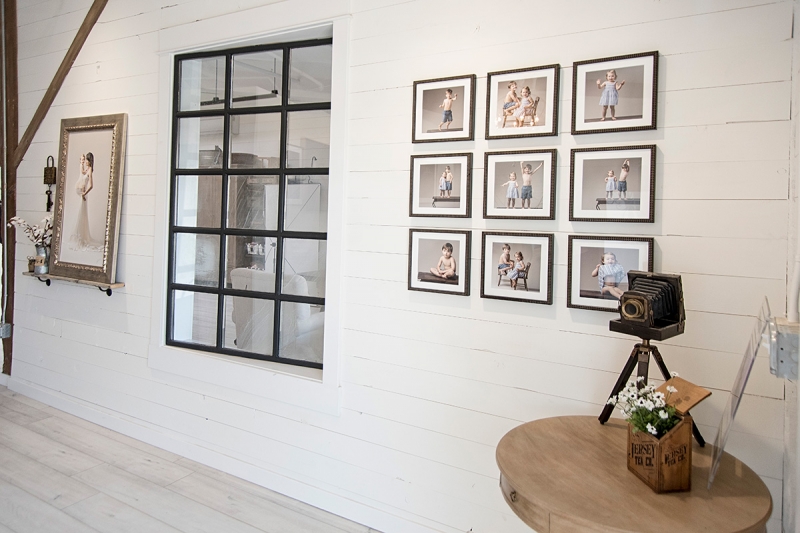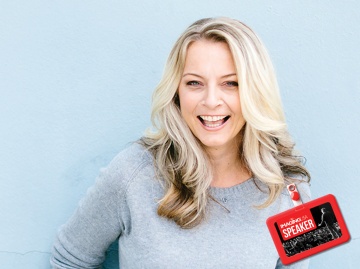3 in-person sales mistakes you don’t have to make
Don't fear in-person sales! How to avoid three common IPS pitfalls
• October 2017 issue
Switching to in-person sales can offer a big boost to your photography business—if you can avoid these common pitfalls:
1. Not giving your new pricing structure a chance.
“One of the things that trips up a lot of photographers is pricing,” says photographer Julia Kelleher, M.Photog.M.Artist.Cr., CPP, of Jewel Images. “They are too quick to switch out of a new pricing structure if things don’t appear to be working. They try it a couple times, it doesn’t work, and they change everything.”
She suggests that it’s best to stick with a pricing model for at least a couple of months, using it with a couple dozen clients to know if it works or not. If you switch too quickly or make too many adjustments in a short period of time, you can confuse clients and may not even have the data you need to make the best adjustments. Better to be consistent and stand by your value.

2. Not communicating pricing up front.
“Clients need you to communicate your pricing up front,” says Kelleher. “If you don’t, you can get into the portrait session, the client gets sticker shock, and it kills the sale.”
If you tell people your pricing up front, will you lose some bookings? Sure. But that simply means you weren’t the right photographer for that client. It’s good to know that so you can save your time for the right kind of clients. By turning away those who aren’t a good fit, you give yourself more time to build your business around the people who will be loyal, long-term consumers.

3. Getting tripped up by sales objections.
In any kind of sales process, at every level of pricing, and for all types of products, there will be objections from the consumer. That is as true of automobiles and home improvement contractors as it is of photographs. Objects are the things people say that distance them from the sale. “I don’t have enough wall space.” “We’re moving and I don’t know what I want.” “My spouse needs to be here.” And so on.
“Photographers need to learn these different objections and craft responses,” says Kelleher. “That doesn’t mean selling people with slick talk. It means anticipating these objections, understanding the pain points, and having solutions ready to ease the process.”
Jeff Kent is the editor-at-large of Professional Photographer.
Tags: in-person sales pricing sales


